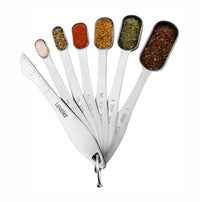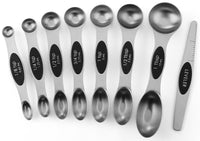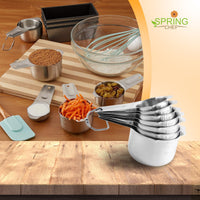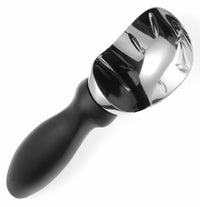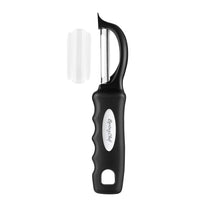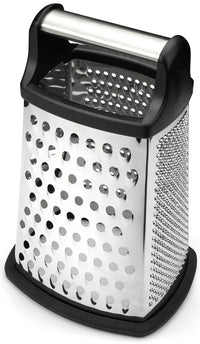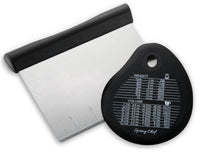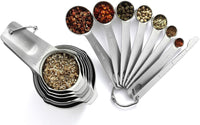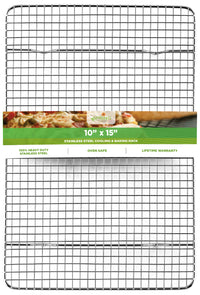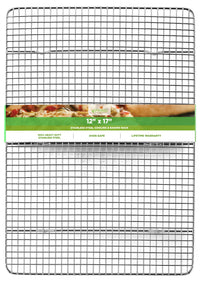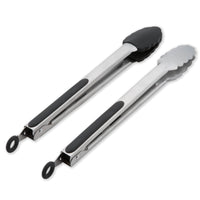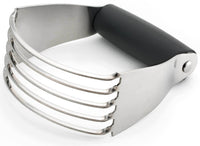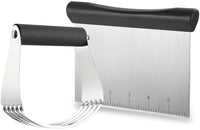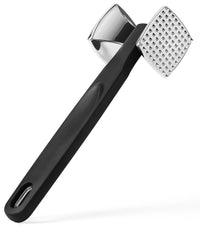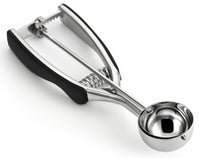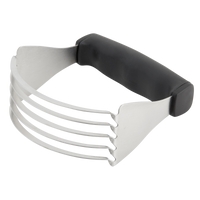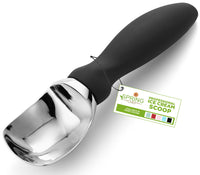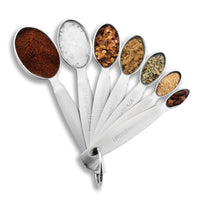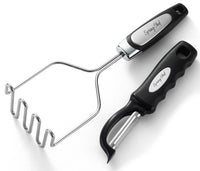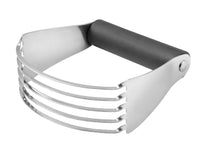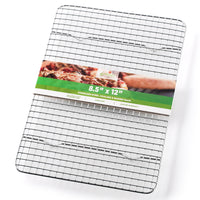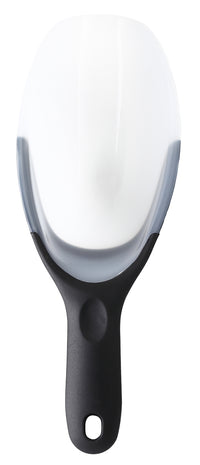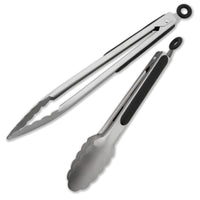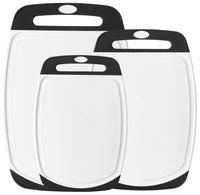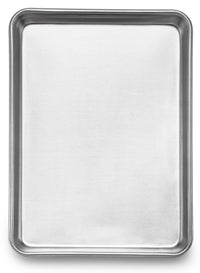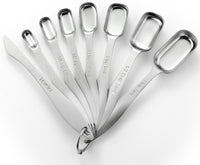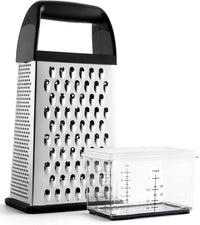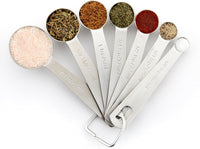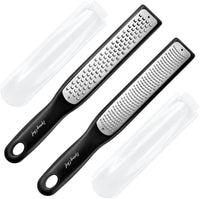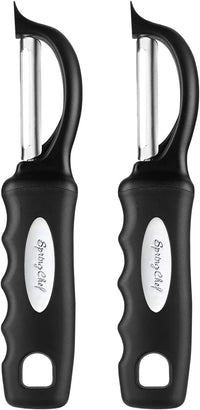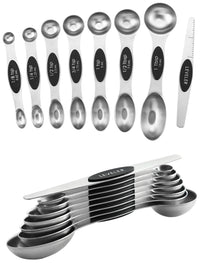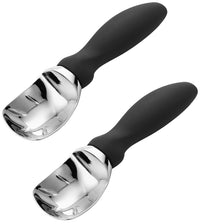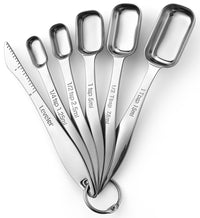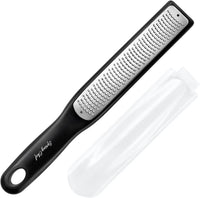Guide to the Different Types of Butter

Butter is one of the most essential ingredients to have around the kitchen. It doesn’t matter if you’re no expert cook or baker, butter is so popular that you use it at least to spread it over your toast. You might’ve not known, but there are actually several types of butter. Check out this article and learn more about types of butter and how to pick the best one for you.
Unsalted butter
Also known as sweet-cream butter, this one’s the most popular and available. This butter’s made from milk, cream or both. This butter is perfect for all sorts of cooking, from baking to sautéing. Unsalted butter has a mild sweet taste, so that makes it ideal for diverse meals and recipes.Salted butter
This is pretty much like the original unsalted butter but, unsurprisingly, it has added salt. You could say this version has approximately ¼ teaspoon of salt for every 4oz. of butter. The salt makes a great difference in taste, that’s why people use it to bake bread and other recipes where you want to make the flavor pop.Clarified butter or ghee
If you slowly heat butter, you’ll see how ingredients start to separate. You’ll see white milk solids, evaporated water and clarified butter, which looks a bright yellow color. Clarified butter is the pure fats without any water or dairy. This type of butter is more stable than traditional butter and has a richer taste.Organic butter
Organic butter is made from cattle that has been raised with no antibiotics and grown hormones. This cattle has also been organic fed (no pesticides or fertilizers involved). You can either find salted or unsalted organic butter and use it exactly like conventional butter.Whipped butter
Whipped butter is way less dense than standard butter, because it contains high levels or air or nitrogen. Whipped butter has an increased volume, a lighter texture and all of this with considerably fewer calories. Whipped butter is ideal for spreading and finishing hot dishes, but it’s not the best for cooking or baking.European-style butter
European-style butter has more extra milk fat than other types of butter. This butter has a bit less moisture than regular butter, but this is exactly what makes it perfect for pastries and cakes. European style-butter is made with cream so it has a slight tangy taste.Plant-based butter
Plant-based butter uses ingredients such as olive oil, almond oil or even avocado oil; this provides practically the same flavor but a safer option for people with dairy allergies or on a vegan regimen. You’ll find plant-based butter in tubs or sticks, so it’s ideal for cooking and spreading.Spreadable butter or margarine
This product is widely known in the market as margarine, and it’s a mix of standard butter and vegetable oil. Spreadable butter is very soft, even when refrigerated. Margarine is ideal for spreading but not so much for cooking.Light butter
Light butter has half the calories of standard butter, mainly because it has less milk fat. The rest of the mix is compensated with water and lactic acid. Light butter is perfect for spreading without guilt, but we don’t recommend it for baking or cooking.Other types of butter
● Cultured butter
● Goat butter
● Smen butter
● Amish butter
● Compound butter
● Grass-fed butter
● Browned butter
